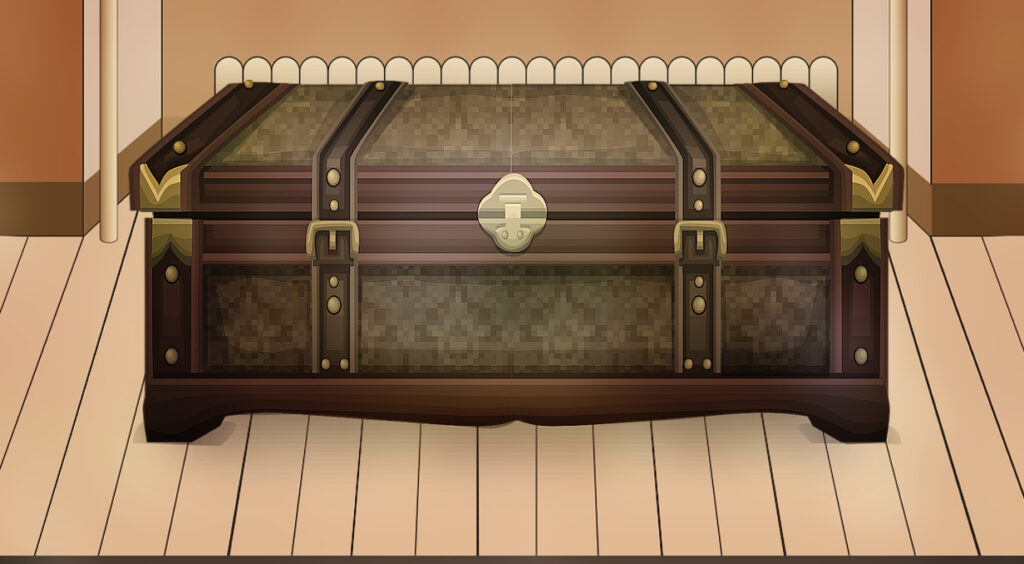
Grades K-2

Don't have an account yet? Sign up for free
Don't have an account yet? Sign up for free


Why don’t we always choose the best option when making a decision?
The lesson presents three short illustrations of how people may not always make decisions by weighing the costs and benefits of the alternatives. The lesson emphasizes how reference points can influence people’s decisions. Related to this idea, behavioral economists have observed that people tend to weigh losses (relative to a reference point) more than gains (relative to a reference point) when trying to decide what to do.
Traditional economic theory assumes rational consumers make decisions by weighing the marginal costs versus the marginal benefits of an action. By doing so, decision makers choose the options that maximize their happiness. Behavioral economists have observed that sometimes people’s decisions are influenced by factors other than costs and benefits. Behavioral economists study these factors.
One pattern behavioral economists have observed is that people don’t evaluate only the absolute costs and benefits of a decision. Many times people also evaluate how much they stand to gain or lose relative to a specific reference point (for example, where they started), and when they make these evaluations they tend to weigh losses relative to the reference point more heavily than gains.
Behavioral Economics concepts in this lesson: Endowment Effect, Loss Aversion, Default Bias
Behavioral economists have noted that when losses are perceived, people go to greater lengths to avoid them.
Display Slide 11, which shows comparisons of Econs versus Humans in behavioral economics. Summarize the following points with the students:
Extension Activity not available.
Explain why stores have liberal return policies that allow people to bring a product home to try out. (Once something is brought home, people experience an endowment effect and are less likely to bring the item back. Liberal return policies allow undecided buyers to purchase the product with the assurance that if they don’t like it they can return it, but after bringing the product home, most buyers will decide to keep the product.)

Grades K-2

Grades K-2, 3-5

Grades 9-12

Grades 9-12
